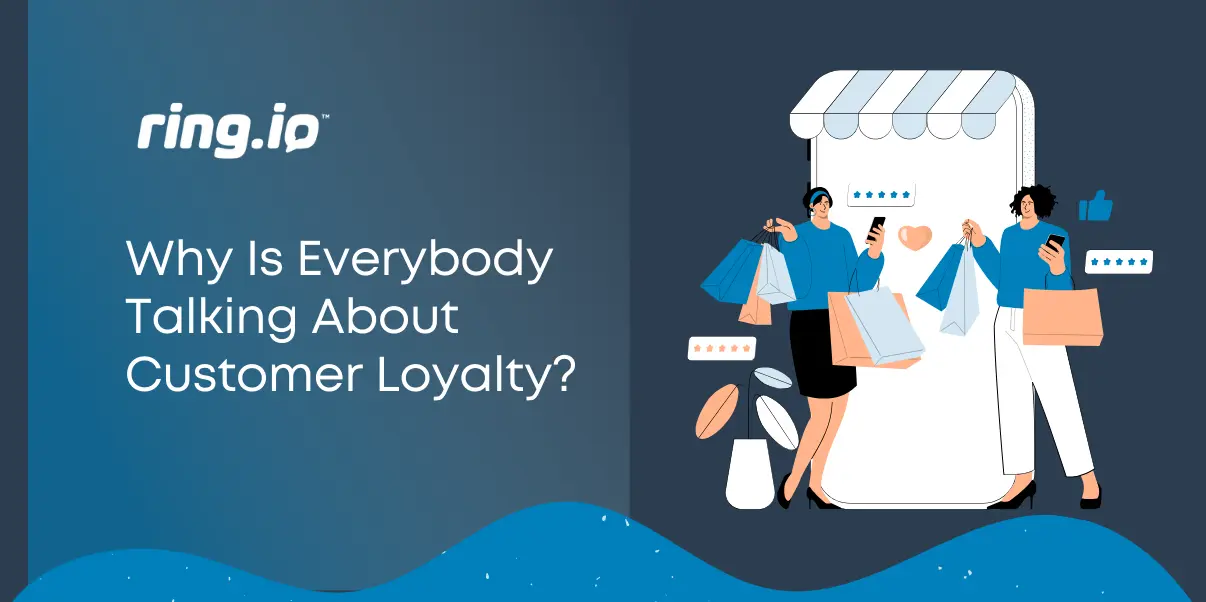You’re going to run into skeptics no matter what you’re trying to sell. It’s a fact of life. A bit of skepticism on the customer’s part is healthy, and a natural part of the sales cycle. As a salesperson, it’s your job to convince those skeptics that your solution lives up to its promises, and delivers results. Some will be convinced as soon as you present the relevant facts and figures, while others will require a bit more patience on your end.
Then there are the tough cases. These people wear their skepticism like a badge of honor. Just when you think you’re turning the corner, they hit you with just a few more questions and concerns. You know which group of people is really skeptical? Salespeople.
Spend your days convincing skeptics to buy what you’re selling, and it’s only natural to develop a bit of the skeptic’s armor, yourself. Selling to people who work in sales is always going to be a challenge, especially when you’re trying to pitch a sales technology platform. You’ve got to deal with the natural skepticism of salespeople, and convince them that your platform will be an improvement on their existing sales process. It’s a delicate dance, but it’s possible.
Start With Statistics
Some skeptics are really just pragmatists in disguise. They’re skeptical of your solution because whatever system they are currently using delivers satisfactory results. Not necessarily great results. Just acceptable. The pragmatist doesn’t want to rock the boat unless you can show them in clear terms that your means lead to a better end, in the form of more leads, relationships, and conversions. Know the numbers inside-out before engaging the pragmatic skeptic.
- The trick is picking stats that actually convey meaning to informed sales pros. Telling someone that your tech platform delivers 37 percent more leads, for example, sounds nice but reveals little. Showing someone means explaining how your sales technology generates more leads and sales, not just saying that it does.
- Don’t be afraid to ask questions. Find out what your prospect wants to know, and build a case for your product around those concerns. Show the prospect that you anticipated their questions and have the chops to formulate detailed responses, and they’ll be more likely to trust your information.
Appeal to Efficiency
Time is in short supply for people who work in sales, which presents a challenge and an opportunity. The challenge is getting your prospect to carve out the time needed to discuss your sales technology platform. The opportunity is that if you can show a salesperson how your platform will save them time, then you’ll definitely have their attention, with a conversion likely to follow.
- Managing relationships is hard work, and sales technology streamlines the process. Show the skeptic how your platform puts everything they need to manage relationships in a centralized location. That includes the salesperson’s personal notes on a prospect, interaction records, and all the notes that other team members have taken on the prospect.
- Sales technology isn’t just for managing relationships. It also helps start them. Even before the salesperson engages, they can check out data on the prospect from the marketing team. It’s much easier to set an appointment when you’re not flying blind.
Touch on Pain Points
In general, it’s best to focus on the advantages of your solution, rather than the disadvantages of the system the skeptic is currently using. Sometimes, though, showing the skeptic the inefficiencies of their old system is necessary if they’re to understand why your system is better. Try to be gentle, but don’t be afraid to give the hard truth when necessary.
- You’re familiar with The Book. You know, the old sales “technology” that consisted of a pen and a notebook. The Book, of course, is packed with notes and information on customers, often haphazardly organized and always running into the margins. Sometimes pointing out the advantages of sales tech will require pointing out the seemingly obvious drawbacks that come with this old-school method.
- Everyone wants to make more money, and even those who are happy with their income definitely don’t want to make less money. So you have two options: show them how sales tech will make them more money, or show them how their existing process is costing them money. A mix of both is often the best choice.
You’ll notice that each method we’ve outlined for convincing skeptics is grounded in hard facts. The more skeptical a person is, the more data you are going to need to change their opinion. A great attitude will never hurt, of course. Be informative, but not contentious. Armed with the right information, you can convince even the hardiest skeptics that your sales technology platform is the solution they need.






